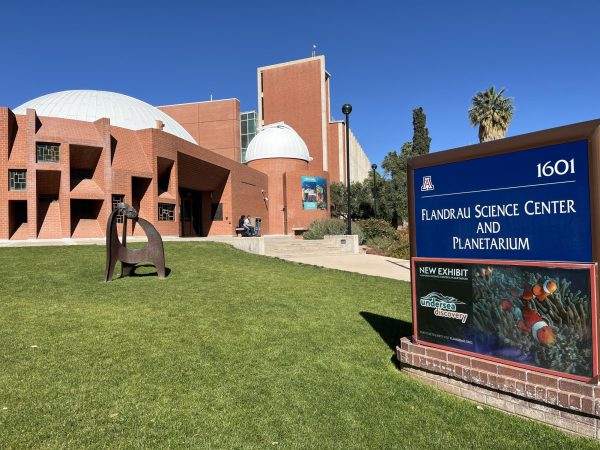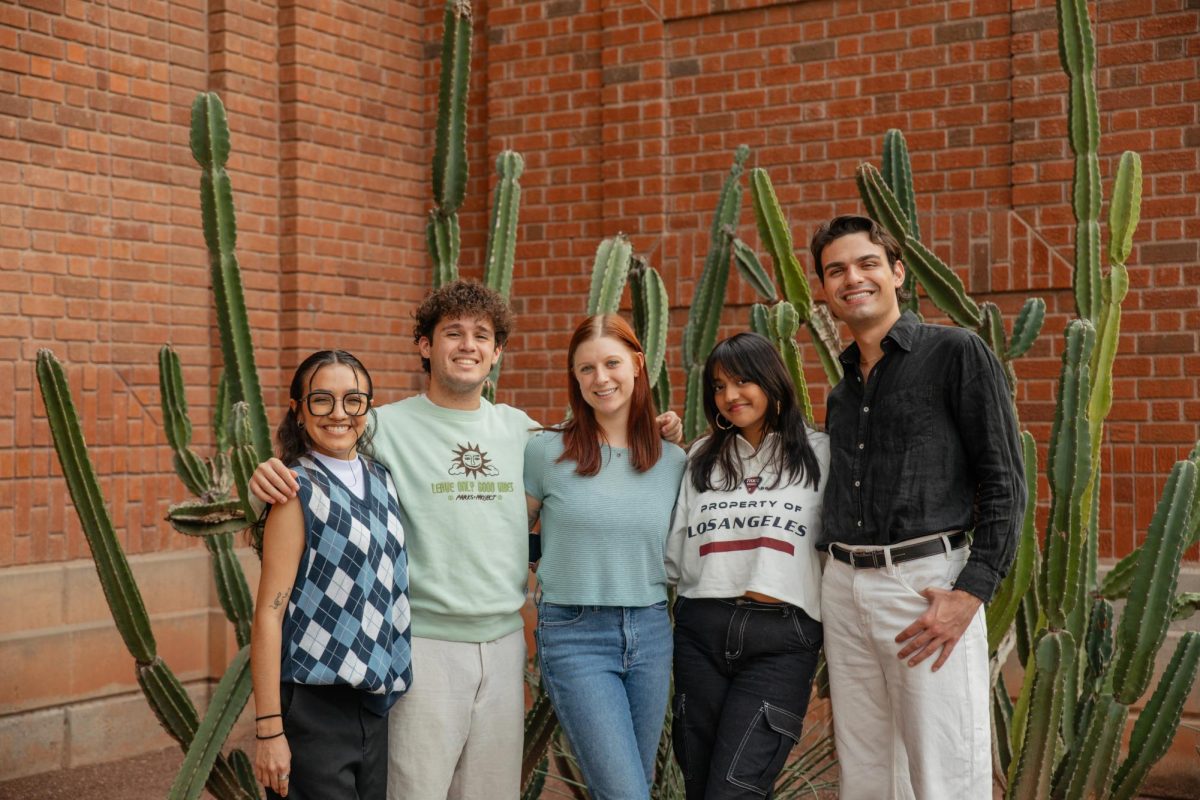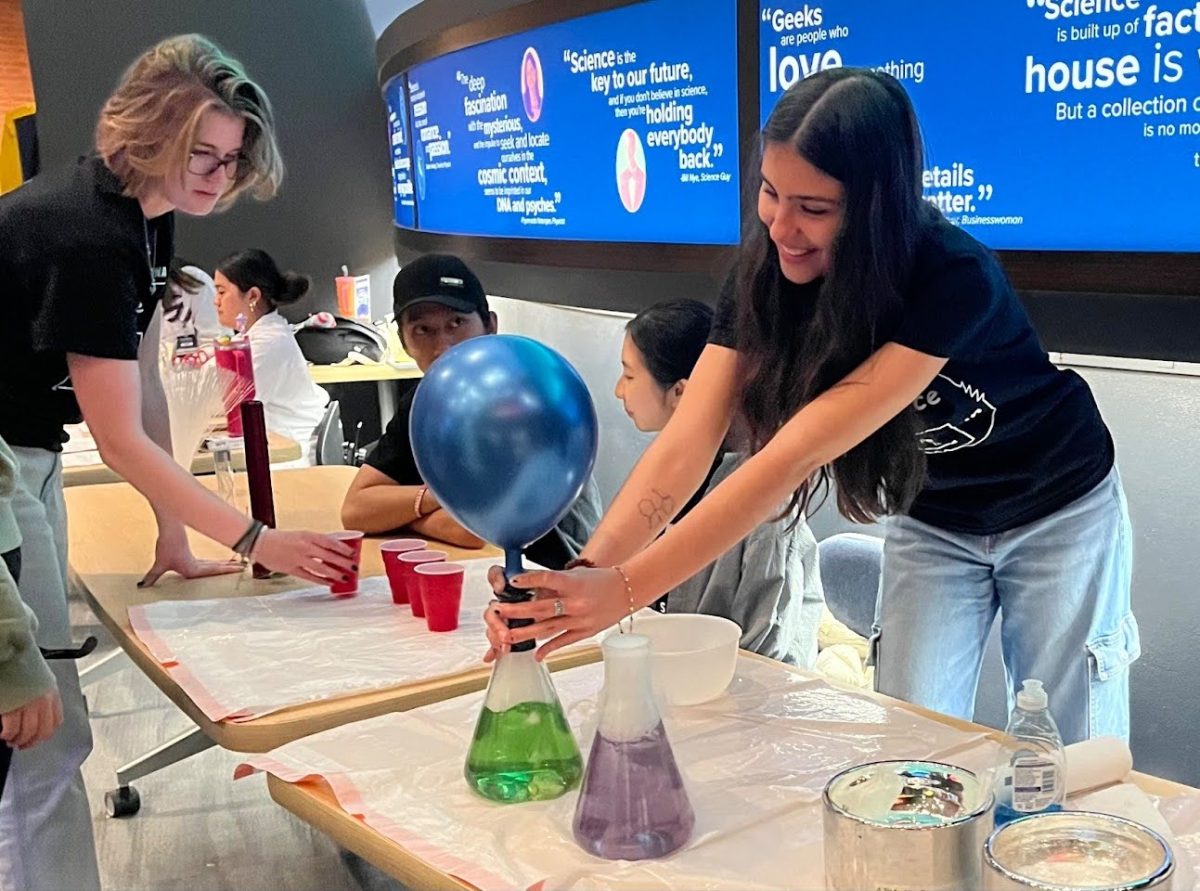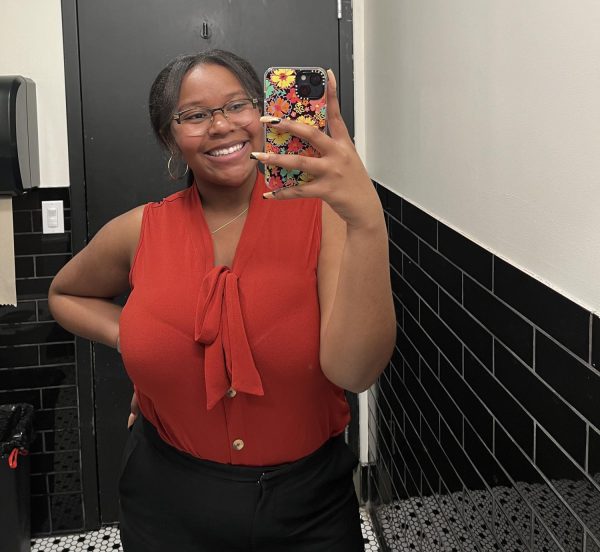The U.S. will witness the last total solar eclipse for the next two decades on Monday, April 8. People in the contiguous 48 states will be able to see either partial totality or the full eclipse; Tucson and Southern Arizona fall in the partial, with 75% of the moon covering the sun, according to most projections.
The last time there was an eclipse like this was in 2017, and there will not be another one like it until 2044.
Vishnu Reddy, a professor in the Lunar and Planetary Laboratory and Department of Planetary Sciences at the University of Arizona, is traveling to Texas to be in the path of totality.
“Total solar eclipses are life changing if you are in the path of totality,” Reddy said. “I am praying for good weather to see this event from Texas.”
According to NASA, the path of totality is where viewers can see the moon totally block the sun, revealing the corona of the sun (the sun’s outer atmosphere).
This year’s path of totality is much wider than it was in 2017, running through the Southern and Eastern regions of the country. Cities inside of the path include Dallas, San Antonio and Austin, Texas; Little Rock, Arkansas; Indianapolis, Indiana; Toledo and Cleveland, Ohio; Erie, Pennsylvania; Buffalo, New York; and Burlington, Vermont.
Reddy said that in his opinion Texas is the best place to view the full eclipse, but for those not planning to travel, the Flandrau Center is holding various events for UA students and the community.
Lucas Snyder, planetarium specialist at the Flandrau Science Center & Planetarium on campus, said that some of the events include a telescope on the mall and indoor viewing opportunities.
“We will have a feed going live from NASA of the eclipse playing inside of the planetarium and we will also be selling solar eclipse viewing glasses for people to enjoy it outside as well,” Snyder said.
The glasses are $2 and will protect users from possible damage if they look directly at the sun.
UA Astronomy Club Vice President Ella Butler stressed the importance of wearing these eclipse glasses.
“Do not ever look at the sun without a solar filter,” Butler said. “You can seriously damage your eyes by doing so. They are ways to enjoy the eclipse without looking directly at the sun. But if you’re planning on enjoying the event outside, make sure that you’re also being safe and wearing glasses as well.”
For the full list of events that the Flandrau center is doing for the eclipse, check out their website.
Arizona Sonoran News is a news service of the University of Arizona
Follow the Daily Wildcat on Instagram and Twitter (X)










